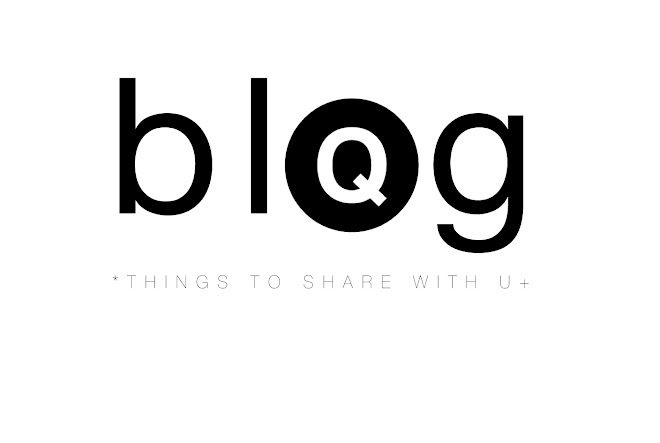by Anne Frobeenfrom CSM Design Explorations



Kinesthetic Imagination: Physical Contact As A Method for Design Research and Thinking
The primary interest of this project was to develop ‘physical contact’ between a designer and an object as new method of design thinking. Used as a tool of interrogation, ‘physical contact’ can provide designers with a means of subverting deeply engrained socio-cultural, ergonomic, and aesthetic biases towards furniture design. CSM Desig Explorations at the Victoria & Albert The showcase is part of Central Saint Martins research project, bringing together designers from different disciplines.
Events in the series are:
Exhibition and public engagement activities: Monday 23 May – Friday 27 May
The Sackler Centre
Victoria and Albert Museum, South Kensington
Cromwell Road
London SW7 2RL
Technological Exploration presentation: Tuesday 24 May, 6:30pm-8:30pm
Spatial Exploration presentation: Wednesday 25 May, 6:30pm-8:30pm
Material Exploration presentation: Thursday 26 May, 6:30pm-8:30pm
All events are free to attend.
To reserve your place please call the V&A bookings and information office:
+44 (0)20 7942 2211.
VISIT OUR BLOG AND FACEBOOK PAGE for more information








































































